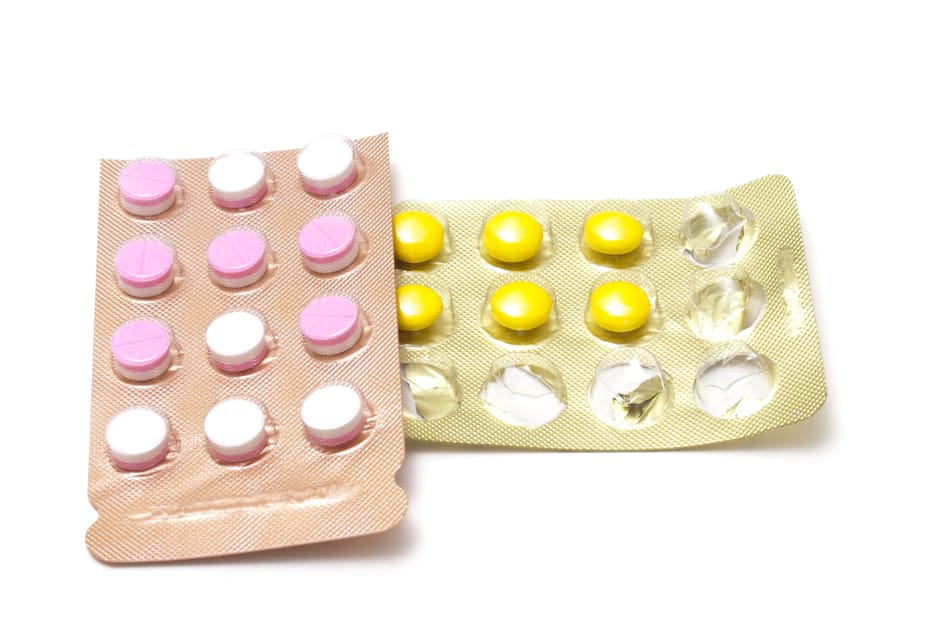According to the US Department of Health and Human Services, the abuse of opioids such as prescription pain medications and heroin in America is “unprecedented”.
- 1999-2014, the rate of fatal overdoses involving opioids nearly quadrupled
- That equates to over 165,000 deaths
- More than 60% of ALL drug overdose deaths involve opioids
- On an average day in the United States, 3900 people use prescription painkillers non-medically for the first time, while 580 people try heroin for the first time
- Every day, 78 Americans die from opioid overdoses
And the opioid epidemic continues – while the number of deaths from prescription painkillers seems to have plateaued, the number of deaths due to heroin is skyrocketing. On top of that, there are increasing reports of new opioid drugs of abuse hitting the streets, such as fentanyl or Carfentanil – originally designed as a sedative for large animals like elephants.
“Get your loved one the help they need. Our substance use disorder program accepts many health insurance plans, this is our residential program.”
Beating Opioid Addiction Isn’t Easy
Opioids are known to be among the most addictive substances of abuse. When someone quits using prescription opioids or heroin, they withdrawal symptoms – while not fatal – can be harshly unpleasant, and often drive a person into relapsing. Look at some of the symptoms of opioid withdrawal:
- Extreme Anxiety & Agitation
- Nausea/Vomiting
- Goosebumps/Chills
- Muscle Aches & Cramps
- Yawning/Insomnia
- Tremors
- Pronounced Flu-like Symptoms
- “Skin-Crawling” Sensation – often described as feeling like insects are crawling on or under the skin
The physical symptoms of opioid withdrawal can last up to a month, while the emotional/psychological symptoms can last for several months.
Opioid Replacement Therapy Seems to be the Key to Recovery (at least in the short-term)
Opioid replacement therapy (OTR) is when, under medical supervision, the opioid of abuse – hydrocodone, heroin, fentanyl, etc. – is replaced with another opioid medication – usually methadone or Suboxone – that is longer-lasting and less-euphoric. Because such medications don’t deliver such a potent “high”, the patient is able to safely resume a stable, productive life.
- Up to 65% of opioid addicts receiving OTR are able to abstain from illicit opioid use completely.
- Between 70% and 95% significantly reduce their use of illicit opioids. This results in:
- Lower rates of HIV and hepatitis due to needle-sharing
- Decreased crime and imprisonment
- A greater ability to work and maintain personal relationships
The two medications that are primarily prescribed during OTR are methadone and Suboxone. Let’s compare the two.
Methadone and Suboxone – the Similarities
Methadone – approved by the FDA in 1947 – and Suboxone – approved in 2002 – share many similarities. Both:
- Are synthetic opioids
- Are considered the first-line option for the treatment of opioid dependence
- Are considered equally effective in reducing opioid use
- Have virtually identical side effects – nausea/vomiting, constipation, drowsiness, and dizziness
- Can be difficult to withdraw from
- Are recommended for different special populations – methadone can be given to pregnant women, while Suboxone is preferred when the patient has a higher risk of toxicity – benzodiazepine users, adolescents/young adults, or the elderly
“We treat both addiction and co-occurring disorders and accept many health insurance plans. Take a look at our inpatient program.”
Methadone and Suboxone – the Differences
Although are effective, there are some key differences between the two:
- Potential for Abuse – Methadone has a higher abuse potential, but Suboxone’s formulation puts a “ceiling” on the euphoric effects that can be experienced. Advantage – Suboxone
- Duration – Methadone is effective for between 24 and 36 hours, while Suboxone’s effects will last approximately 24 hours. Advantage – Methadone
- Cost – While generic versions of both medications are available, Methadone costs less than Suboxone. Advantage – Methadone
- Other Uses – Besides use as an analgesic, methadone has no other recommended use. Suboxone may potentially be used to treat neonatal abstinence syndrome and depression. Advantage – Suboxone
- Convenience – Because methadone has such a high potential for abuse, it is strictly regulated. Patients usually have to go to a “methadone clinic” every day to receive their dosage. Because Suboxone is not as likely to be abused, it can be prescribed for home use. Advantage – Suboxone
- Patient Perception – Patients taking methadone are more likely to view their opioid use as problematic and show readiness to adhere to their treatment program. Advantage – Methadone
- Cognitive Affect – Tests have shown that people taking Suboxone score higher than those taking methadone on attention tests. Advantage – Suboxone
- Preference – Until Suboxone was released in 2002, Methadone was THE go-to choice for OTR. Methadone is still the most-prescribed OTR medication, but the number of Suboxone prescriptions is sharply on the rise. Methadone – possiblybecause of its abuse potential – is preferred by opioid addicts. Medical professionals, on the other hand, consider Suboxone to be the safer choice. Advantage – Suboxone
So Which Is the Right Choice for YOU?
As with most forms of addiction treatment, the OTR medication that is right for you depends upon your situation – your readiness to change, your personal drug history, your support system, etc If you have a severe opioid addiction and you are unlikely to adhere to a treatment program, then methadone may be the right choice for you. Having to physically go to a methadone clinic daily may give you much-needed structure.
“We accept many health insurance plans. Get your life back in order, take a look at our residential program.”
However, if you have a more moderate problem with opioids and have both strong motivation and support to adhere to treatment, then Suboxone, with its lower abuse potential, is considered to be the better choice. In either case, OTR is most effective when combined with drug rehab that addresses the emotional, psychological, and social issues that contribute to your ongoing methadone addiction. At Northpoint Recovery, we don’t encourage the use of opiate replacement drugs for long periods of time because eventually, these substances can also become addictive. Our philosophy around medical detox allows us to utilize some prescriptions, such as Suboxone, during the withdrawal period. SOURCES: https://www.hhs.gov/sites/default/files/Factsheet-opioids-061516.pdfhttps://mentalhealthdaily.com/2015/06/10/methadone-vs-suboxone-comparison/https://www.ncbi.nlm.nih.gov/books/NBK195158/#S15



